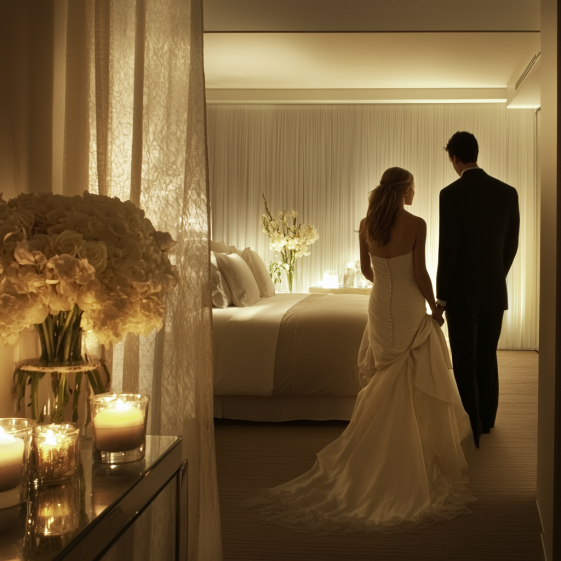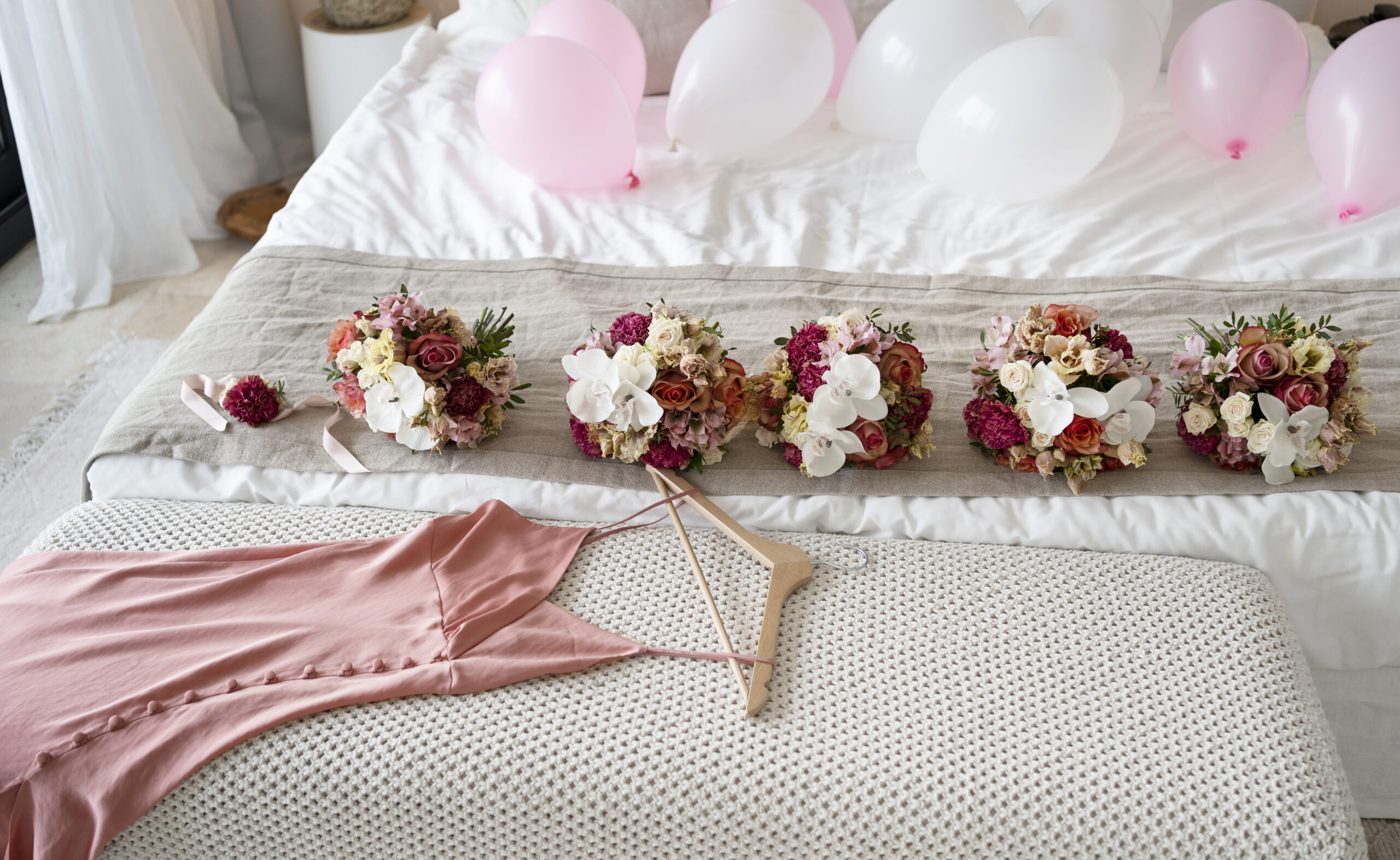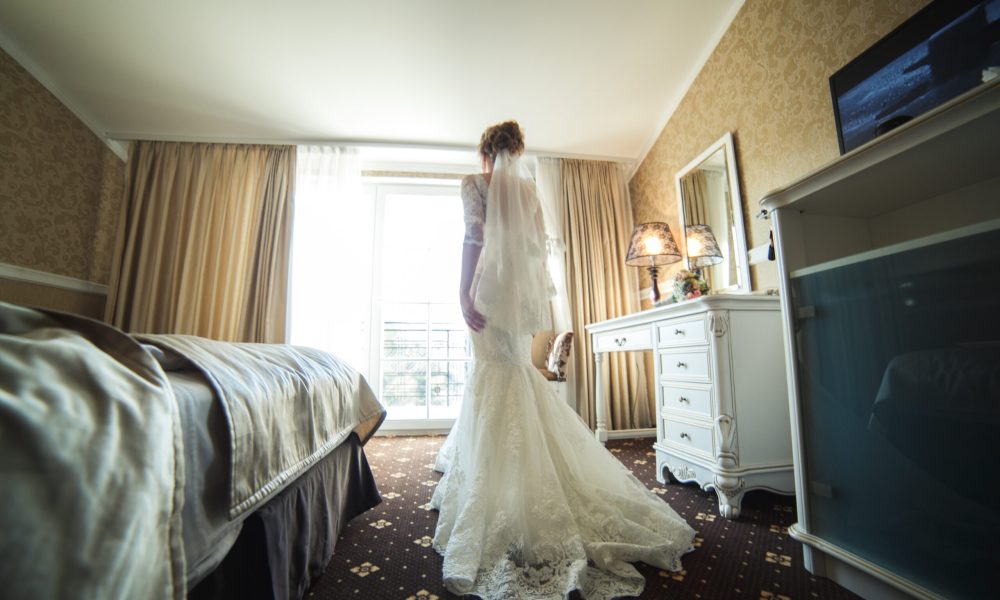Nuptial Bedding Ceremonies: From Public Rituals to Private Love
Nuptial bedding ceremonies were once public, witness-attended rituals that validated a marriage; over the centuries they transformed into private, intimate moments. This article traces how nuptial bedding ceremonies shifted from medieval social proofs to modern privacy, and what that reveals about changing views on love, community, religion, and legitimacy.
Key Takeaways on Nuptial Bedding Ceremonies
- Public to private: nuptial bedding ceremonies moved from communal validation in the Middle Ages to private marital intimacy by the Victorian era.
- Religious framing: Priestly blessings tied beds, heirs, and duty together—marriage was sacred and social.
- Witnesses as proof: Presence of select observers safeguarded lineage, inheritance, and political alliances.
- Renaissance pivot: Individuality and romantic love increased the value placed on privacy.
- Modern echoes: Traditions like “carrying over the threshold” and honeymoons retain symbolic traces of the old rites.
Ever wondered what really happened on a wedding night centuries ago? Nuptial bedding ceremonies in medieval and early modern Europe were far more than a simple private moment—they were rich with symbolism, public spectacle, and deep cultural meaning. These traditions, which often saw the newlyweds paraded to their marriage bed in front of family, friends, and sometimes even clergy, served to publicly validate the union. But as the centuries rolled on, things started to change. The once highly public
ritual slowly transformed
into a more private affair, echoing shifts in how intimacy and marriage were viewed across Europe.
In this article, we’ll explore how nuptial bedding ceremonies evolved—from grand public displays to the private, intimate moments we recognize today—and what these changes tell us about love, community, and societal expectations.
1. Medieval Europe: The Public Spectacle of the Bedding Ceremony
Answer first: In medieval Europe, bedding the couple in public view acted as social proof that the union was real and binding.
Back in medieval times, especially among the nobility, marriage wasn’t just about love—it was a public event, often cementing alliances and political ties. The bedding ceremony was a highlight, marking the consummation of the marriage. Newlyweds were escorted to their bedchamber amid song, blessings, and even a bit of playful teasing. Family, close friends, and sometimes clergy were in attendance to witness this important rite.
Behind Closed Doors: The presence of witnesses might feel intrusive by today’s standards, but it was vital back then. For noble families, it wasn’t enough just to say you were married—you had to prove it. The bedding ceremony confirmed the union’s legitimacy, which was especially critical when inheritance and family lineage were on the line.
2. The Role of Religion in Nuptial Bedding Ceremonies
Answer first: Church blessings framed the bed as a sacred space where duty, fertility, and faith converged.
The Church played a central role in many medieval customs, and bedding ceremonies were no exception. A priest would often bless the marriage bed, asking for divine protection and fertility—because producing heirs wasn’t just a personal wish; it was a duty.
Behind Closed Doors: These blessings highlighted how marriage was viewed as both a sacred and social contract. While the public ritual was front and center, the private consummation—hidden away from view—was equally important. The mix of public and private elements shows a deep intertwining of faith, duty, and personal intimacy.

3. Social Validation and the Role of Witnesses
Answer first: Select witnesses authenticated the marriage without violating the couple’s final privacy.
For noble and royal families, having witnesses during the bedding ceremony wasn’t optional—it was necessary. Close relatives or trusted friends would stay nearby as the couple settled into bed, ensuring everything was above board. This was especially key when political alliances or claims to estates were involved.
Behind Closed Doors: While it might seem shocking to us now, these witnesses weren’t there to intrude but to validate. Their role was mostly symbolic, reinforcing the marriage’s legitimacy without breaching the couple’s true privacy.

4. The Renaissance Shift: Privacy and the Emphasis on Romantic Love
Answer first: Renaissance ideas elevated personal choice and intimacy, nudging ceremonies behind closed doors.
Enter the Renaissance—a time when new ideas about individuality and romantic love began to flourish. Marriage started to be seen as a personal choice, and nuptial bedding ceremonies slowly moved away from being public spectacles. Families still played a role, but the focus started to shift to the couple’s relationship and private moments.
Behind Closed Doors: Privacy took on new importance during this period. The closed doors of the bedchamber became a symbol of the couple’s personal bond, reflecting a growing respect for intimacy and emotional connection in marriage.
5. The Victorian Era and the Disappearance of Public Bedding Ceremonies
Answer first: Victorian modesty and propriety made public bedding ceremonies socially untenable.
By the time the Victorian era rolled around, public bedding ceremonies had nearly disappeared. Victorian ideals of modesty and propriety didn’t mesh well with the old public rituals. Weddings remained grand, but the wedding night became a deeply private affair, reserved solely for the couple.
Behind Closed Doors: This shift mirrored a broader cultural change—marriage was now viewed more as a personal commitment than a public contract. The wedding night became a private milestone, reflecting Victorian values around modesty and intimacy.
6. Modern Reflections: Echoes of Nuptial Bedding Ceremonies Today
Answer first: Modern traditions preserve symbolic traces of the old public-to-private transition.
Although formal bedding ceremonies are a thing of the past, echoes of them linger in today’s wedding traditions. Think about carrying the bride over the threshold, or the symbolism of the honeymoon—these customs subtly nod to the transition from public celebration to private union.
Behind Closed Doors: Modern weddings continue to honor the shift from public to private, celebrating the couple’s journey together. It’s a beautiful reminder that while customs evolve, the essence of marking a new beginning remains timeless.

7. The Cultural Legacy of Nuptial Bedding Ceremonies in European History
Answer first: The long arc—from spectacle to privacy—shows how societies renegotiated love, duty, and legitimacy.
The transformation of nuptial bedding ceremonies tells a bigger story about how marriage has changed over time. From public spectacles designed to validate alliances to deeply private rituals celebrating personal commitment, these shifts highlight how cultural values have evolved. Today’s private celebrations still carry the echoes of centuries-old traditions, reminding us that love and commitment are both timeless and ever-changing.
Behind Closed Doors: Exploring the history of these ceremonies gives us a window into the complex balance between community, tradition, and personal intimacy—a balance that continues to shape the way we celebrate love today.
FAQ
- What were nuptial bedding ceremonies?
- Publicly witnessed rituals that escorted newlyweds to bed, providing communal validation of the marriage—an early form of social and legal proof.
- Why were witnesses important in nuptial bedding ceremonies?
- Witnesses served as symbolic guarantors that the union was legitimate, protecting inheritance claims and political alliances.
- Did the Church actually bless the bed?
- Yes. Priestly blessings invoked protection and fertility, revealing how marriage functioned as both a sacred covenant and a social contract.
- Do any elements of nuptial bedding ceremonies survive today?
- Modern customs—like carrying a partner over the threshold or the honeymoon—echo the historical transition from public celebration to private union.
Conclusion
The journey of nuptial bedding ceremonies from public spectacles to private rituals mirrors Europe’s evolving views on marriage and intimacy. What was once a highly public affirmation of duty and alliance has become a private celebration of love and commitment. Though we may not hold formal bedding ceremonies today, their legacy lingers in the private moments we cherish after the wedding bells have rung.
Today, those intimate first moments belong to the couple alone—but the cultural history of nuptial bedding ceremonies reminds us that marriage has always been both a personal journey and a reflection of broader societal values.
Related reading from Cozy Bed Quarters
- Bedding Ceremony Stories: Separating Myth from Reality
- Nuptial Bedding Ceremonies: From Public Rite to Private Ritual
- Behind Closed Doors: The Evolution of Nuptial Bedding Ceremonies in European History
Other reading we found popular























